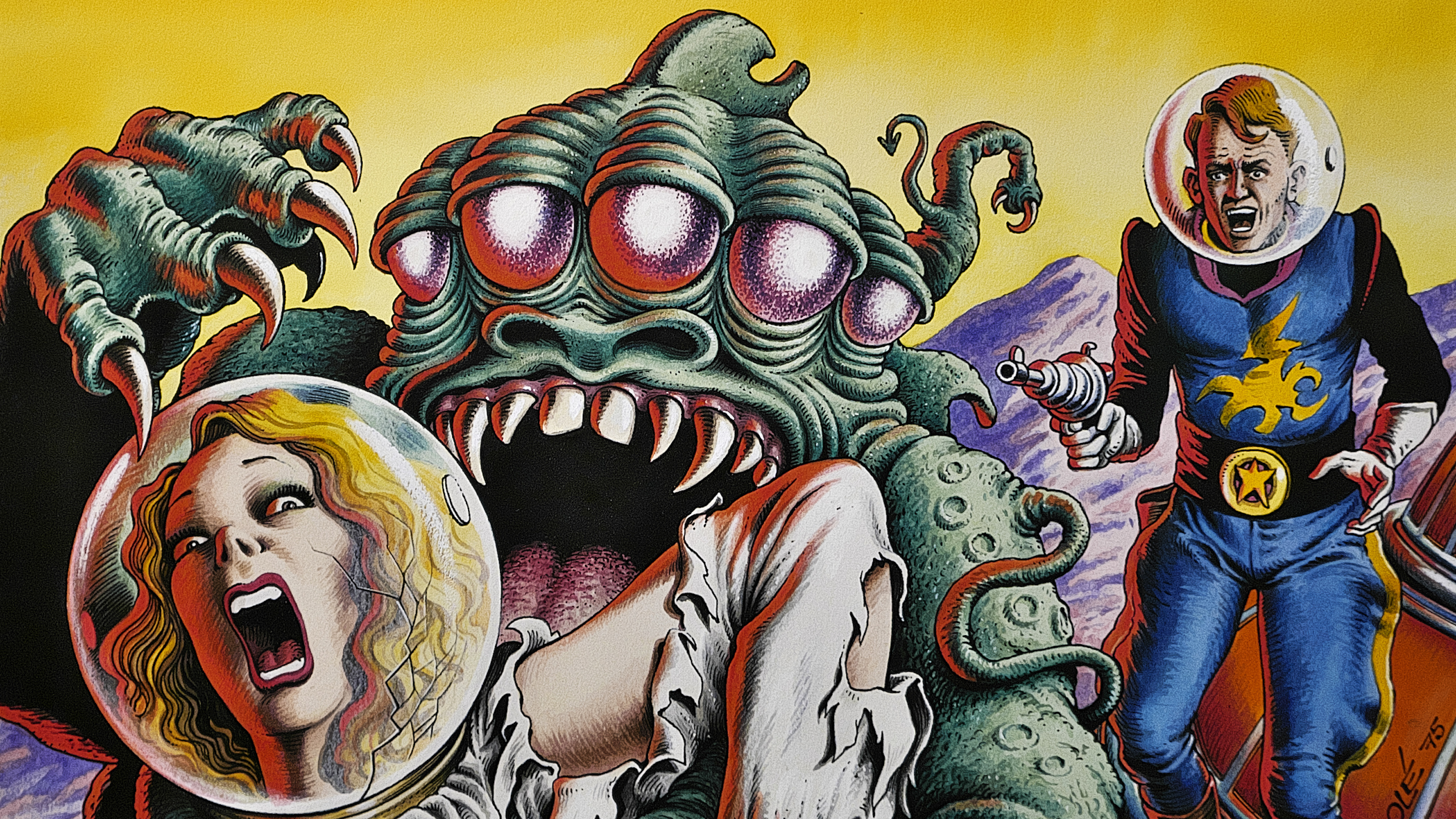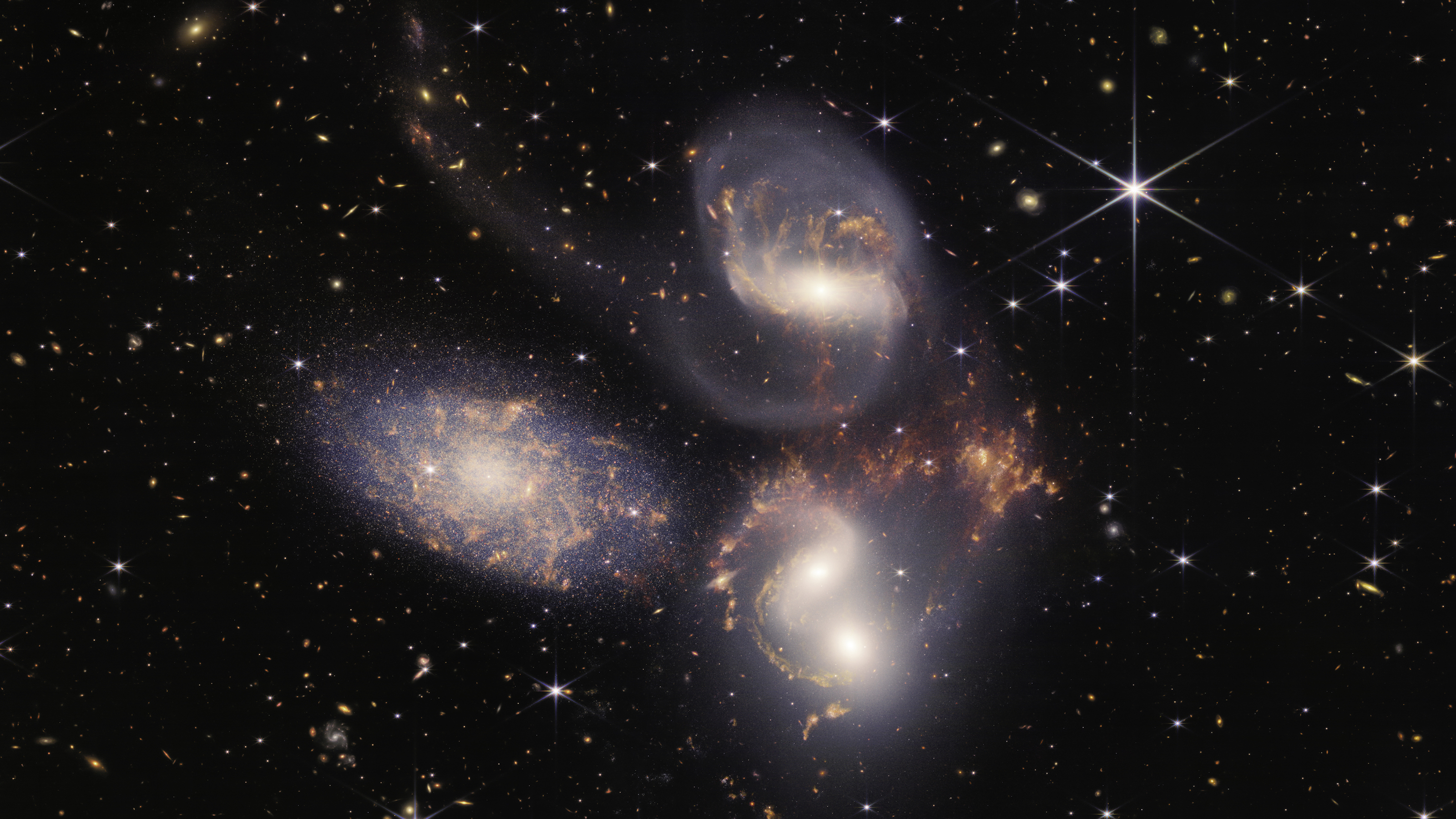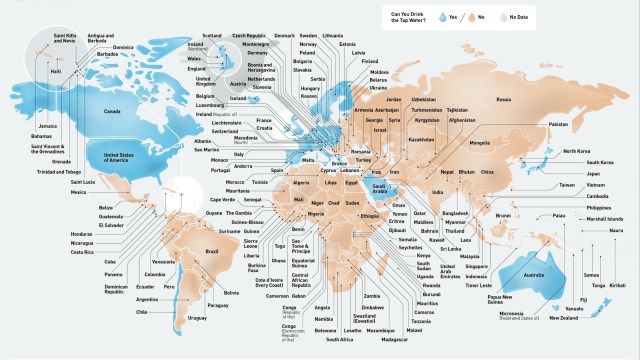The golden age of astrobiology will change everything

Credit: Jl FilpoC / Wikimedia Commons, CC BY-SA 4.0
- Over the past three decades, the scientific search for life in the Universe — astrobiology — has exploded.
- Interest in “technosignatures” and “biosignatures” is taking the search for intelligent life in new directions.
- Finally, we are on the road to determining if aliens exist or if we really are alone in the cosmos. Either answer would be stunning.
Everybody loves aliens. I know this because everybody tells me they love aliens. Life in the Universe is the first thing people ask me about when they hear I’m an astrophysicist. “Do aliens exist?” is one of those special questions, kind of like “What happens after you die?” Lots of opinions, no real answers, and, most important, actually knowing the answer would change the world.
The thing is: I love aliens too. In fact, I have been obsessed with them since I was a kid. I first got hooked when I found my dad’s pulp science-fiction magazines as a five-year-old. On the cover of every issue were images of spaceships, barren moons, and bug-eyed alien monsters. From that moment on, I was on a mission to learn everything I could about the stars and alien life. This obsession made me a pretty annoying kid (apparently, I liked to quote the speed of light to four decimal places), but it also drove me to watch all the documentaries, bad sci-fi movies, and Star Trek reruns in existence. Any depiction of an alien was good enough for me as I dreamed of possibilities out there waiting to be discovered.
Back in the 1970s, at the height of my childhood obsession, the scientific search for life in the cosmos had barely begun. There were only a few very brave and determined pioneers carrying out the search for extraterrestrial intelligence (SETI), and most of them faced the scorn of their colleagues. SETI was considered a little “out there,” marginal at best in the scientific community. A big part of that dismissal was just bias. There just weren’t many astronomers who thought about the problem of life in its cosmic context back then. And it’s true, we really didn’t have much to go on in those days in terms of setting up a true scientific search for life among the stars, smart or otherwise.
I first got hooked when I found my dad’s pulp science-fiction magazines as a five-year-old. On the cover of every issue were images of spaceships, barren moons, and bug-eyed alien monsters.
Most of all, we didn’t know if there were any planets in the galaxy other than the eight that orbited our Sun. This was a killer point, since scientists expect planets to be necessary to get even simple life started. So not having a single example of an extrasolar planet (an exoplanet) meant we literally didn’t know where to look. We also didn’t know much about how planets and life evolve together in ways that might keep a world habitable for billions of years, long enough for “higher” animals and even technological civilizations to appear. In short, when it came to searching for alien life in the Universe, we were pretty much in the dark.
Not anymore.
As you read these words, the human species is poised at the edge of its greatest and most important journey. Over the past three decades, the scientific search for life in the Universe — a field called astrobiology — has exploded. We’ve discovered planets everywhere in the galaxy, and we’ve figured out how and where to look for signs of alien life in the atmospheres of these new worlds.
We’ve also looked deep into Earth’s almost four-billion-year history as an inhabited world. From this view, we’ve gained new and powerful insights into how planets and life evolve together. Seeing the way life hijacked Earth’s evolution over the eons gives us clues about what to look for on distant planets (like oxygen, which generally can exist in an atmosphere only if life puts it there).
We’ve also sent robot emissaries to every planet in our Solar System. With their wheels or landing pads on the ground, we’ve begun searching these neighbor worlds for evidence of life existing now or perhaps deep in their past. Most important, we have launched and are building insanely powerful, next-generation telescopes. With these tools, we’ll finally go beyond just yelling our opinions about life in the Universe at each other. Instead, we will get what matters most — a true scientific view of if, where, and when extraterrestrial life exists.
So now, finally, we are on the road to finding those aliens I was so obsessed with as a kid. Or we’re on the road to finding out we really are alone in the cosmos.
All these new discoveries, from exoplanets to Earth’s deep history, are transforming what we think of as SETI. A new research field is rising that scientists are calling technosignatures, which embraces the “classic” efforts of SETI while taking the search for intelligent life into new forms and directions. Knowing that the galaxy is awash in planets means we now know exactly where and how to look for alien civilizations. Rather than hoping for someone to set a beacon announcing their presence (one premise of the first generation of SETI), we can now look directly at the planets where those civilizations might be just going about their “civilization-ing.” By searching for signatures of an alien society’s day-to-day activities (a technosignature), we’re building entirely new toolkits to find intelligent, civilization-building life. These toolkits will also allow us to find the kind of life that doesn’t build civilizations. Using our telescopes to find a signature of a planet covered in alien microbes or alien forests (a biosignature) would also be a game changer in terms of how humanity sees its place in the cosmos.
So now, finally, we are on the road to finding those aliens I was so obsessed with as a kid. Or we’re on the road to finding out we really are alone in the cosmos. Either answer would be stunning. It’s a pretty damn exciting moment.





